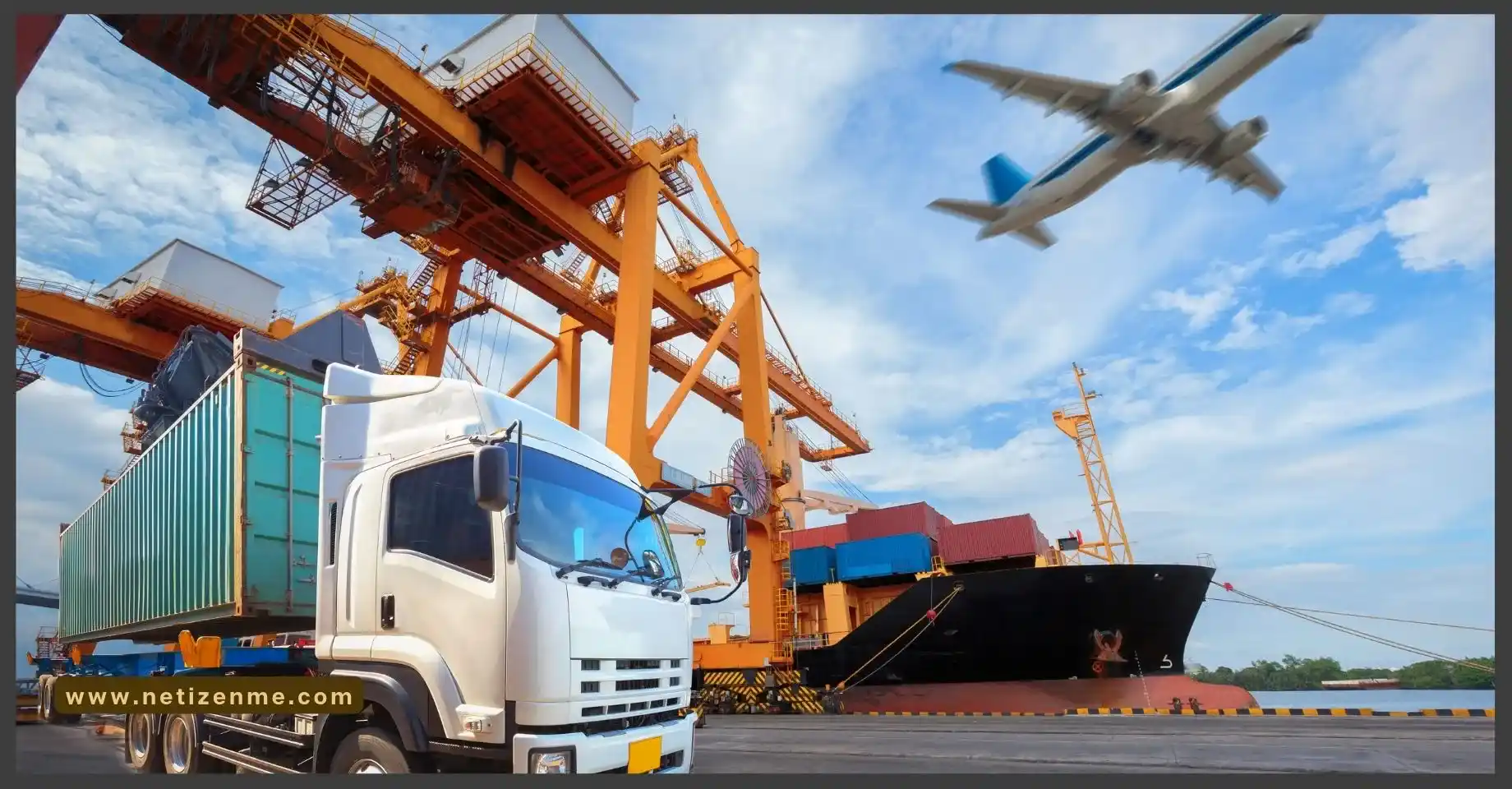
National Logistics Systems
What are logistical systems?
A logistics system is a network of organizations, people, activities, information, and resources involved in the physical flow of products from supplier to customer (Logistics Operations and Management, 2011). They comprise three main activities: order processing, inventory management, and freight transportation (Introducing Logistics Systems, n.d.).
What is the purpose of logistic system?
A company’s logistical process facilitates the relationships between production and product movement (What Are Logistical Processes, 2011). Furthermore, they aim to find the best solution for manufacturing and distributing goods by considering how the market uses these products. There are three types of logistics:
- Inbound logistics: It is concerned with activities related to the incoming flow of resources needed to make a product or a service, including the logistics processes of managing suppliers, costs, inventory, and transportation (Types of logistics – ExploreSCM, 2020).
- Outbound logistics: Refers to activities involved in delivering the right product to the right customer at the right time.
- Reverse logistics: Moving products from the end-user back to the origin to recover value or proper disposal. Value is recaptured from customers’ products through rework, refurbishment, reuse, scrap recycling, or government incentives for recyclable products(Types of logistics – ExploreSCM, 2020).
Logistical systems should address different aspects, including time quality and costs. More specifically:
- Cost reduction: How to minimize the total costs associated with getting the products to the final consumer. For example, reduce the logistics system’s level of investments by outsourcing the function or leveraging partner distribution channels.
- Service level improvement: Logistics service level greatly influences customer satisfaction, which significantly impacts revenues. Thus, improving the logistics service level may increase revenues, especially in markets with homogeneous low-price products where competition is not based on product features(Introducing Logistics Systems, n.d.).
Check the following reference articles to learn more about the National Logistics Systems:
- Introducing Logistics Systems. (n.d.). Retrieved March 8, 2021, from (URL)
- Logistics Operations and Management. (2011). Elsevier. (URL)
- Types of logistics – ExploreSCM. (2020, November 7). ExploreSCM. (URL)
- What Are Logistical Processes? (2011). Small Business – Chron.com. (URL)
- How American Express leverages diversity

- Techniques to Shift from Individual to Corporate Foresight

- The Digital Workspace

This article is written by:
Our professional writers and editors are passionate about sharing high-quality information and insights with our audience. We conduct diligent research, maintain fact-checking protocols, and prioritize accuracy and integrity to the best of our capacity.
You can cite our articles under the author name "Netizenme"







